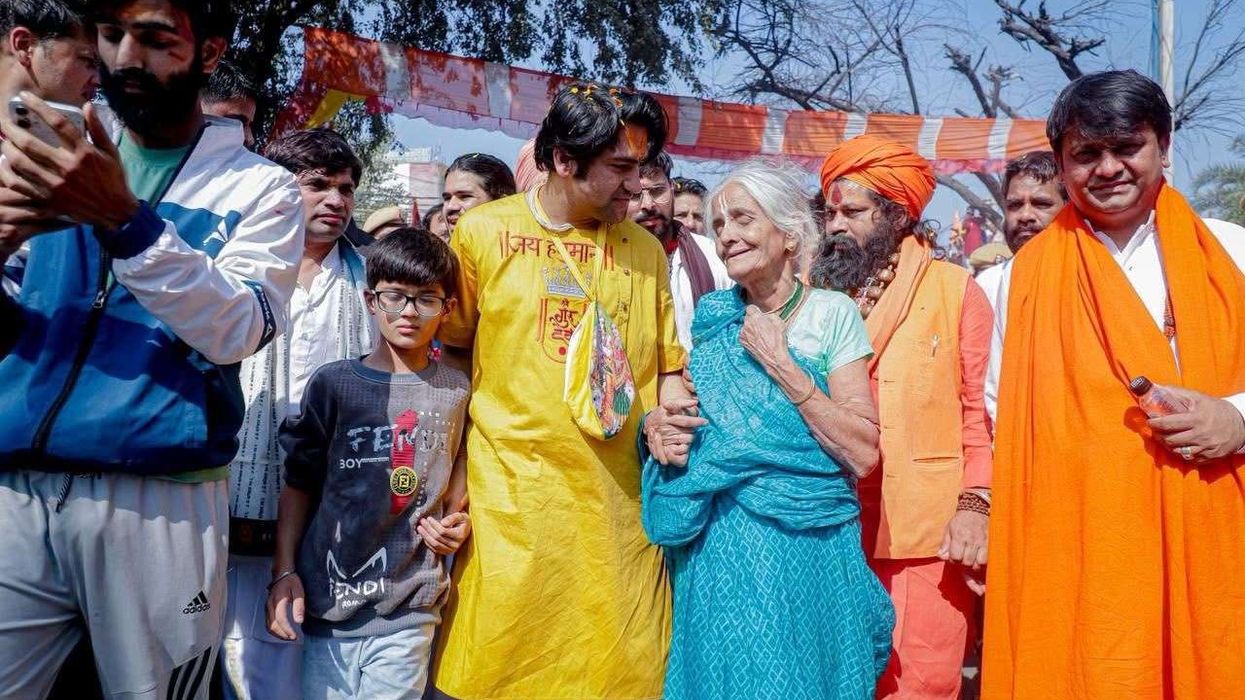THE IMF wants to know more about a cross-border payments system discussed by the BRICS group of countries last week and aimed at boosting nondollar transactions, the fund’s managing director said last Thursday (24).
The meeting of the BRICS – meaning Brazil, Russia, India, China and South Africa – took place in Russian’s Kazan at the same time as the annual meetings of the International Monetary Fund (IMF) and the World Bank in Washington.
Russia’s president Vladimir Putin, who has sought support from BRICS leaders amid his standoff with the West over the war in Ukraine, said that BRICS’ average economic growth in 2024-2025 would be 3.8 per cent, compared to global growth of 3.2-3.3 per cent.
“The trend for the BRICS’ leading role in the global economy will only strengthen,” Putin said, citing population growth, urbanisation, capital accumulation, and productivity growth as key factors.
The BRICS group has expanded significantly since its inception in 2009, and now includes Iran, Egypt and the United Arab Emirates. Altogether, the BRICS coalition accounts for a significant minority of the world’s economic output.
At the Kazan summit, Russia secured a joint declaration encouraging the “strengthening of correspondent banking networks within BRICS and enabling settlements in local currencies in line with BRICS Cross-Border Payments Initiative (BCBPI).” The system is designed to rival the European-headquartered SWIFT payments system, from which Russia was barred following its invasion of Ukraine.
Speaking to reporters at the IMF’s headquarters in Washington last Thursday, IMF managing director Kristalina Georgieva said the fund wanted additional information about the proposed payments system before taking a firm stance on it. “The idea of having a payments system of a group of countries is not new,” she said.
“What we need to see is more details,” she added. “What is it in this idea? How that may translate into reality? And then we will be able to assess it.”
At the first summit with its new batch of members, the BRICS grouping showed clear signs of its growing weight.
UN secretary general Antonio Guterres and Tayyip Erdogan, president of NATO member Turkey, which has expressed interest in joining BRICS, both attended. And India and China chose the summit to profile new efforts to nurture ties
For Putin, the simple fact that so many leaders travelled to Russia for the talks was useful in countering the narrative that Moscow faces isolation from the global economy.
Russia, the world’s biggest wheat exporter, proposed the creation of a BRICS grain exchange which could later be expanded to trade other major commodities such as oil, gas and metals.
“BRICS countries are among the world’s largest producers of grains, legumes, and oilseeds. In this regard, we proposed opening a BRICS grain exchange,” Putin told the leaders.
“They (Western capitals) are not getting the importance of this thing,” said Alicia Garcia-Herrero, a senior fellow at the Bruegel economic think tank. “It’s all signalling that the West is losing power.”
Kazan may not go on to occupy the same place in history as Bretton Woods, the New Hampshire town where 80 years ago the victors of the Second World War fashioned a monetary order that would dominate the global economy and consolidate dollar supremacy.
Although the final BRICS communique was long on words and short on detail about creating new payment and trade mechanisms which could by-pass Western-dominated structures, last week’s talks underlined dissatisfaction with a system seen under-serving much of the world, with a collapse in capital transfers to developing economies over the past decade and emerging countries underrepresented in IMF decision-making.
“See how many people are scrambling to apply to join the BRICS,” Mo Ibrahim, a Sudanese-British businessman who runs a foundation that tracks governance in Africa, told Reuters. Putin has said that more than 30 countries have applied.
“People see institutions which are not really representative or democratic – infrastructure established in 1945 or so after the world war, and nothing changes,” added Ibrahim.
The club’s track record has been mixed since Brazil, Russia, India and China launched it in 2006. For one thing, its creation has not yet altered the earlier growth-per-capita path of those four founding nations, calculated Mario Holzner of the Vienna Institute for International Economic Studies.
Moreover, the $5 billion (£3.8bn) in loans which the BRICS’ New Development Bank (NDB) expects to make this year pales next to the $72.8bn (£56.08bn) distributed by the World Bank in credits, loans and grants. Other projects remain in their infancy.
“They might be able to establish some kind of money transfer systems which at least on a low level will work but that most likely won’t really be a game-changer,” said Holzner.
Many commentators also noted that as the group grows, imbalances in size and influence among member countries and sometimes duelling national agendas will make consensus-building on joint initiatives harder.
But those queuing up to join see it as a de facto trade forum – already accounting for a fifth of global commerce.
“There is a huge upside in sort of linking these corridors,” Pakistan’s finance minister Muhammad Aurangzeb told Reuters on the sidelines of the IMF meeting in Washington. “So, indeed, we are keen to become a member of BRICS.”
While most observers doubt BRICS’ pact to launch its own payment system will challenge the dollar’s supremacy any time soon, such initiatives appeal to countries who fear their own policies might one day draw Western sanctions.
“You’re kind of geopolitically cushioning yourself against future friction with the West by coming up with this alternative structure,” said Hamish Kinnear, a senior analyst at global risk intelligence firm Verisk Maplecroft, who described BRICS as “the signal and not the cause of the changing world order”.
Indeed, rather than an outright alternative to the IMF, as some have ventured, many BRICS members and aspirant joiners view it opportunistically as a vehicle for hedging bets in a world facing geopolitical change.
In his speech, Putin also called for the creation of a BRICS investment platform, which will facilitate mutual investment between BRICS countries and could also be used for investment in other countries in the Global South.
India’s prime minister Narendra Modi said he welcomed the steps for financial integration of BRICS countries, while China’s president Xi Jinping urged BRICS countries to deepen financial and economic cooperation.
“BRICS is (for China) not a strategic and economic coalition,” said Shi Yinhong, professor at the School of International Studies at Renmin University of China, noting many BRICS members are also nurturing their ties with the West. (Agencies)
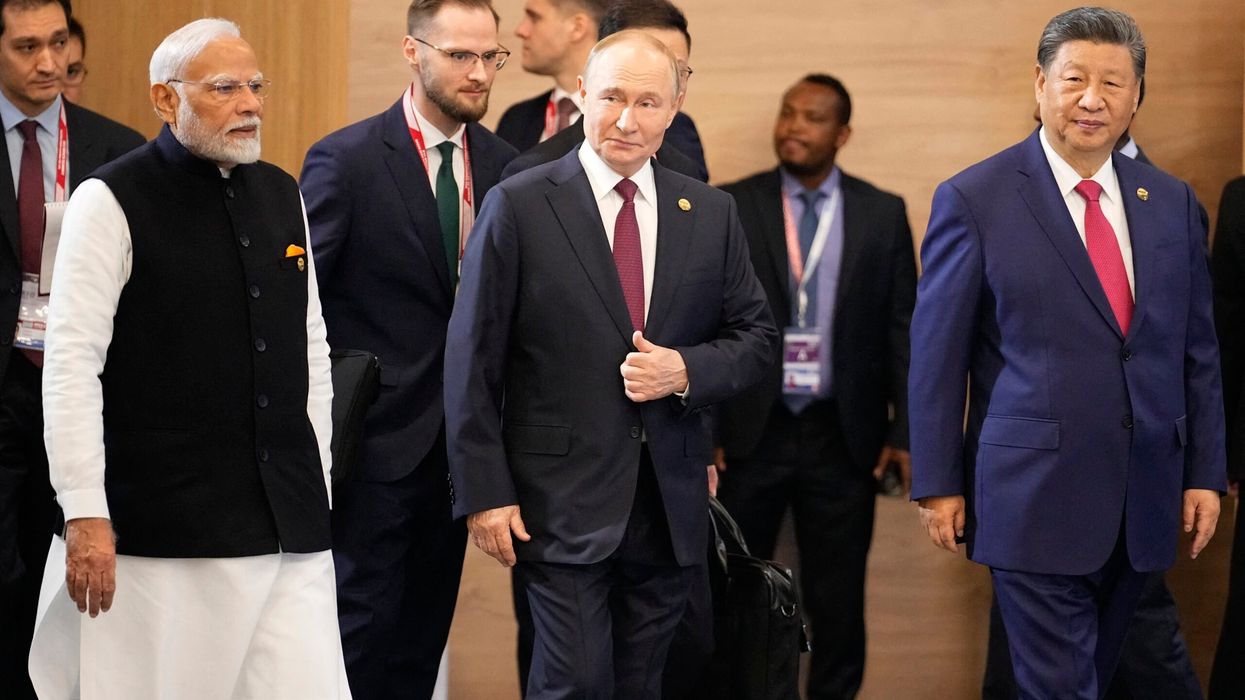
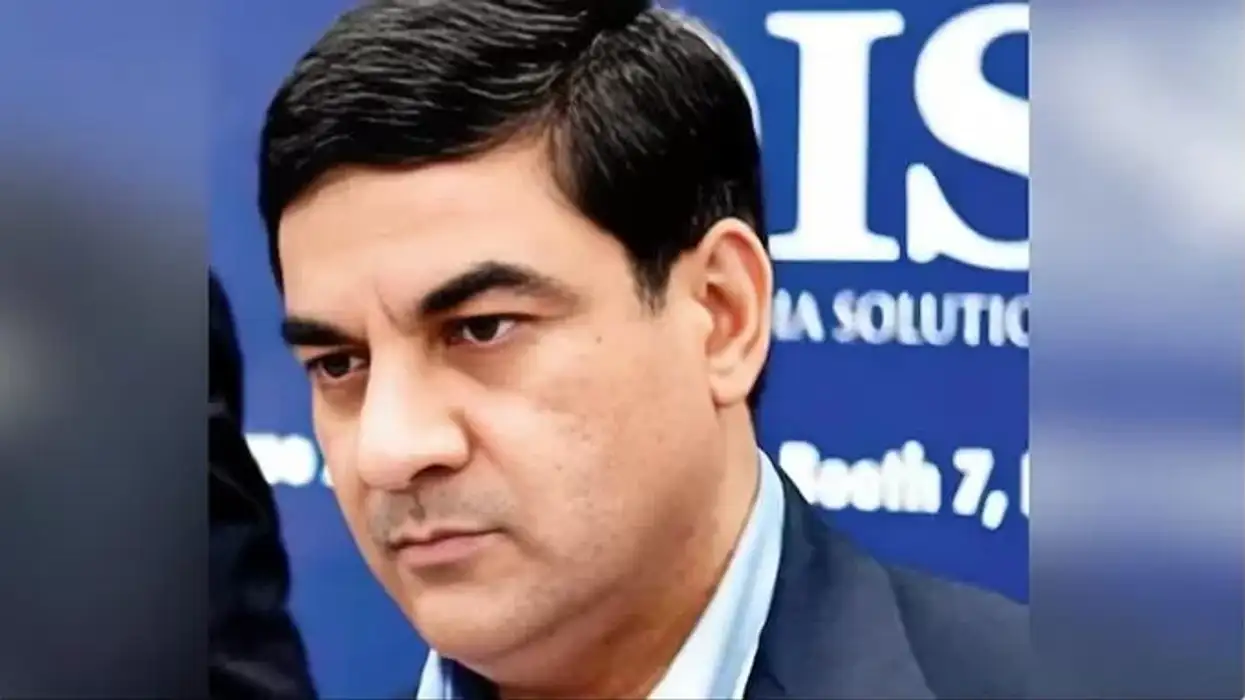
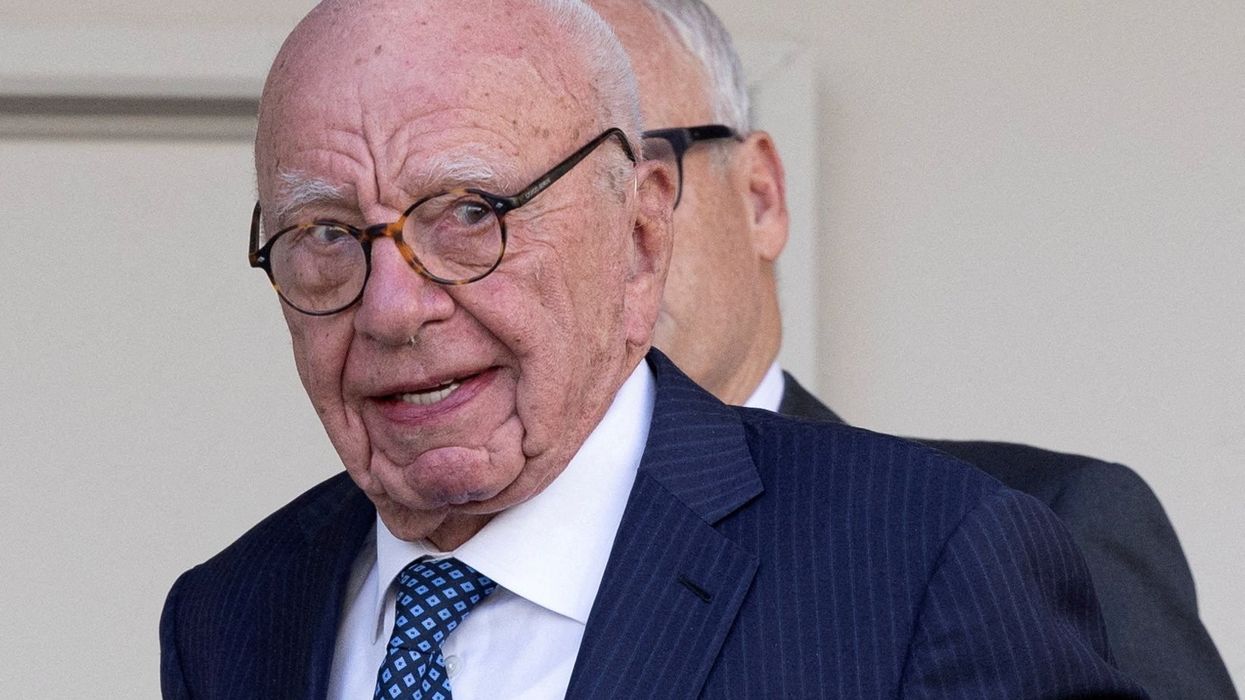

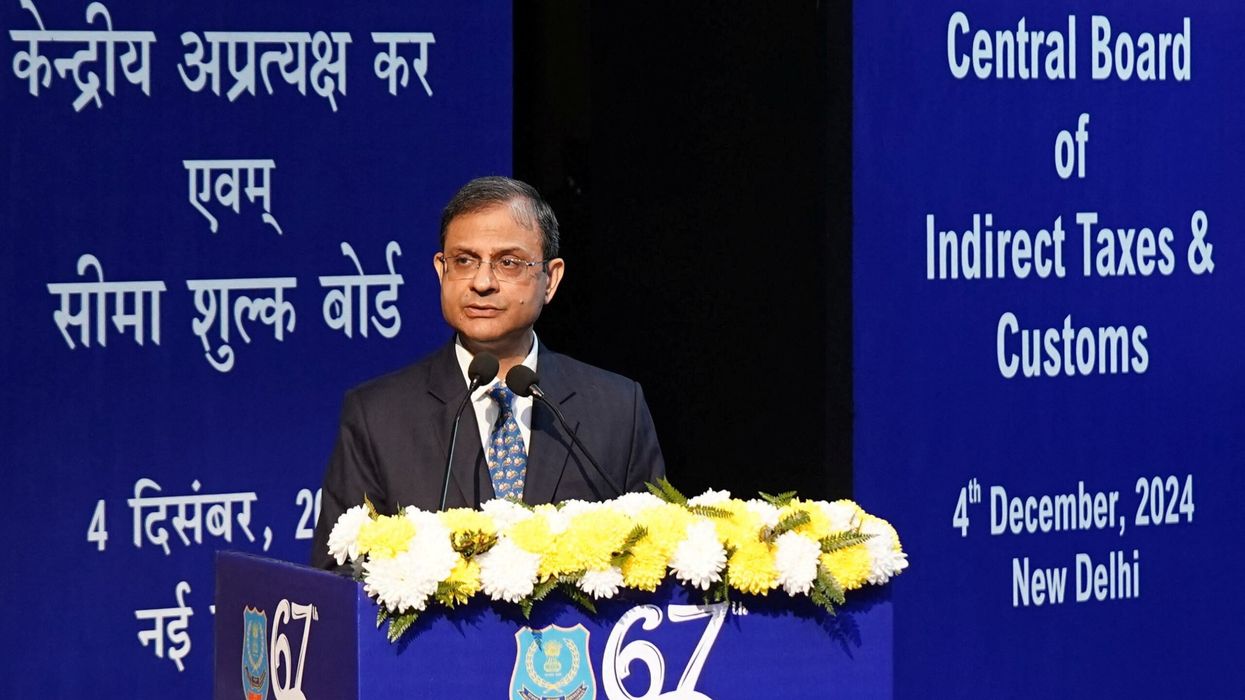
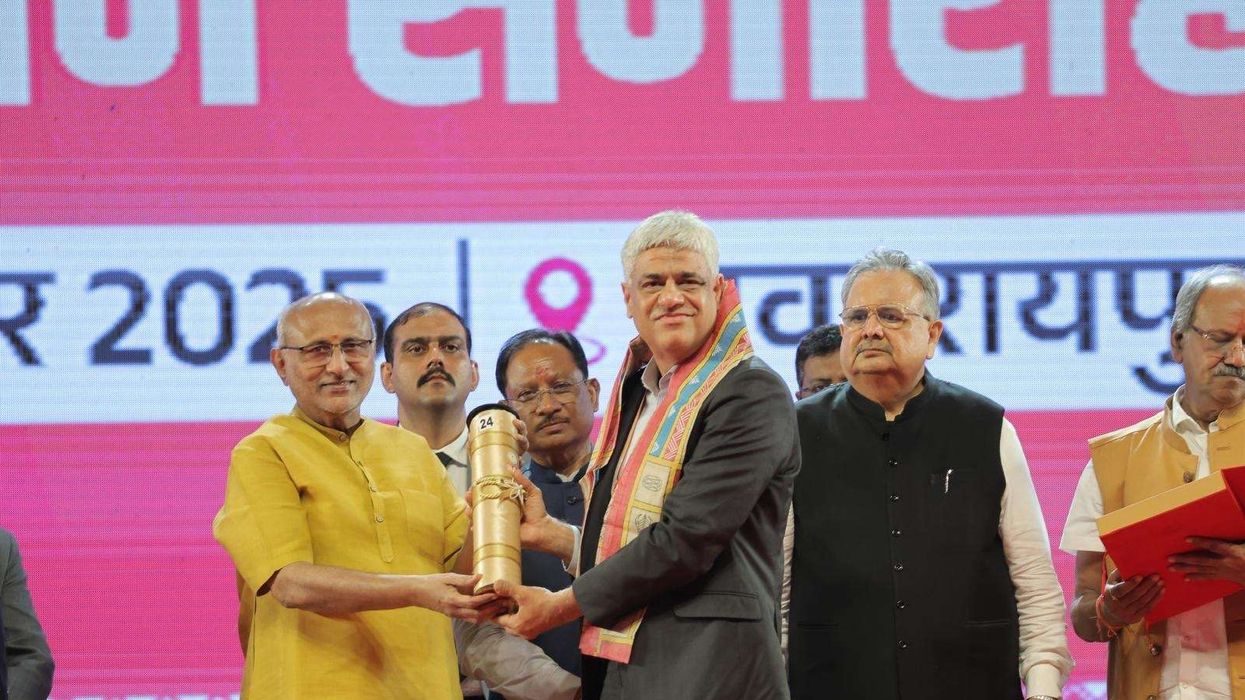
 Tiwari's work focuses on how brands and institutions connect with Britain's diverse communities.
Tiwari's work focuses on how brands and institutions connect with Britain's diverse communities. 
